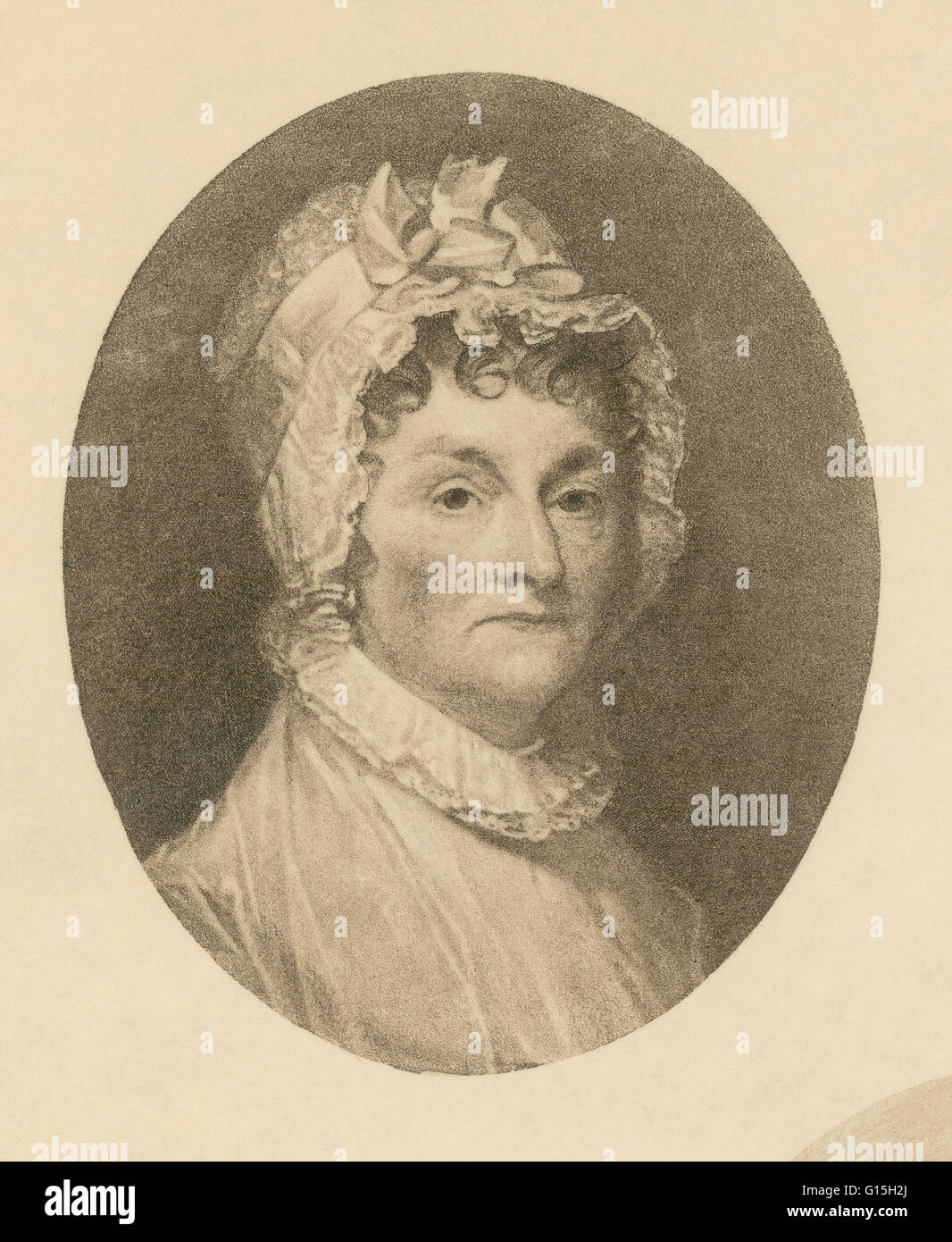

Mrs john quincy adams series#
Stuart painted Washington in a series of iconic portraits, each of them leading to a demand for copies and keeping him busy and highly paid for years. In 1795, Stuart moved to Germantown, Philadelphia where he opened a studio, and Washington posed for him later that year. In 1794, he painted statesman John Jay, from whom he received a letter of introduction to Washington. He settled briefly in New York City and pursued portrait commissions from influential people who could bring him to Washington's attention. He returned to the United States with a particular goal in mind: to paint a portrait of George Washington, have an engraver reproduce it, and provide for his family by the sale of the engravings. Stuart ended his 18-year stay in Britain and Ireland in 1793, leaving behind numerous unfinished paintings. In 1787, he fled to Dublin, Ireland where he painted and accumulated debt with equal vigor.

Despite his many commissions, however, he was habitually neglectful of finances and was in danger of being sent to debtors' prison. Stuart said that he was "suddenly lifted into fame by a single picture".Īt one point, the prices for his pictures were exceeded only by those of renowned English artists Joshua Reynolds and Thomas Gainsborough. Christman, it "belied the prevailing opinion that Stuart 'made a tolerable likeness of a face, but as to the figure, he could not get below the fifth button'". It was Stuart's first full-length portrait and, according to art historian Margaret C. The relationship was beneficial, with Stuart exhibiting for the first time at the Royal Academy in spring of 1777.īy 1782, Stuart had met with success, largely due to acclaim for The Skater, a portrait of Sir William Grant. He was unsuccessful at first in pursuit of his vocation, but he became a protégé of Benjamin West in 1777 and studied with him for the next six years. His painting style during this period began to develop beyond the relatively hard-edged and linear style that he had learned from Alexander. Although he was a patriot, he departed for England in 1775 following the example set by John Singleton Copley. Stuart's prospects as a portraitist were jeopardized by the onset of the American Revolution and its social disruptions. Stuart tried to maintain a living and pursue his painting career, but to no avail, so he returned to Newport in 1773. In 1771, Stuart moved to Scotland with Alexander to finish his studies however, Alexander died in Edinburgh one year later. Hunter's Spaniels when he was 14 it hangs today in the Hunter House Mansion in Newport. Under the guidance of Alexander, Stuart painted the portrait Dr. In 1770, he made the acquaintance of Scottish artist Cosmo Alexander, a visitor to the colonies who made portraits of local patrons and who became a tutor to Stuart. In Newport, he first began to show great promise as a painter. Stuart moved to Newport, Rhode Island at the age of six, where his father pursued work in the merchant field. Stuart's father owned the first snuff mill in America, which was located in the basement of the family homestead. He was the third child of Gilbert Stewart, a Scottish immigrant employed in the snuff-making industry, and Elizabeth Anthony Stewart, a member of a prominent land-owning family from Middletown, Rhode Island. Gilbert Stuart was born on December 3, 1755, in Saunderstown, a village of North Kingstown in the Colony of Rhode Island and Providence Plantations, and he was baptized at Old Narragansett Church on April 11, 1756. His work can be found today at art museums throughout the United States and the United Kingdom, most notably the Metropolitan Museum of Art and Frick Collection in New York City, the National Gallery of Art in Washington, D.C., the National Portrait Gallery, London, Worcester Art Museum in Massachusetts, and the Museum of Fine Arts, Boston. Stuart produced portraits of more than 1,000 people, including the first six Presidents. The image of George Washington featured in the painting has appeared on the United States one-dollar bill for more than a century and on various postage stamps of the 19th century and early 20th century.

Stuart retained the portrait and used it to paint scores of copies that were commissioned by patrons in America and abroad. His best-known work is an unfinished portrait of George Washington, begun in 1796, which is sometimes referred to as the Athenaeum Portrait. Gilbert Charles Stuart was an American painter from Rhode Island Colony who is widely considered one of America's foremost portraitists.


 0 kommentar(er)
0 kommentar(er)
